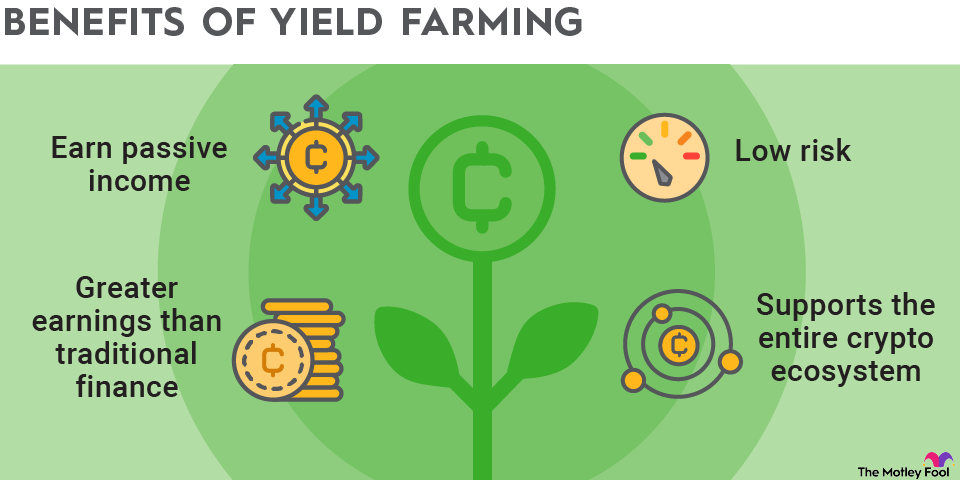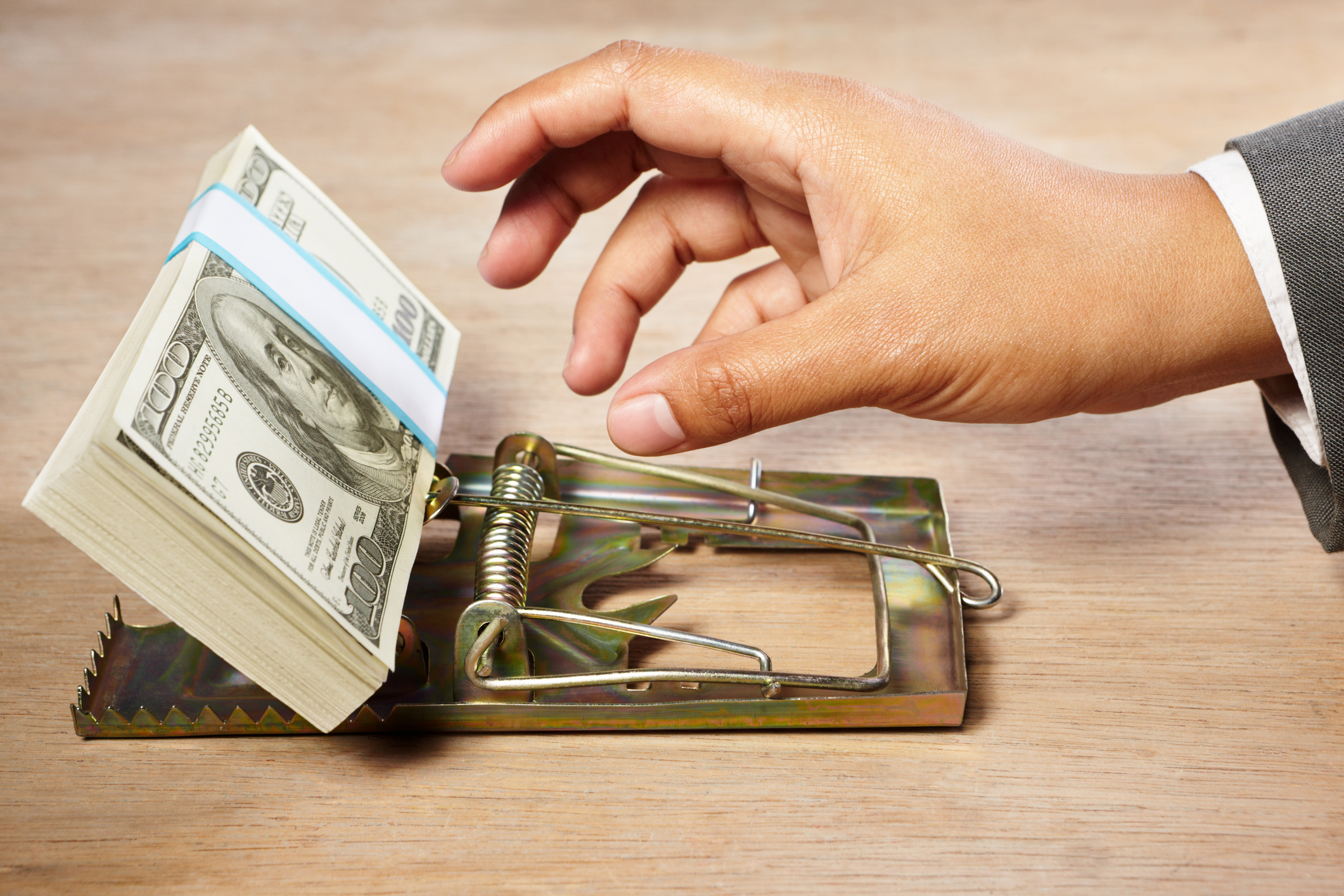If you're looking to increase your returns on your cryptocurrency investments, you may be interested in yield farming. Yield farming is the process of using decentralized finance (DeFi) protocols to generate additional earnings on your crypto holdings.
This article will cover what yield farming is, how it works, and the benefits and risks of using yield farming to boost your cryptocurrency returns.

How yield farming works with lending
If you decide to put your crypto assets into a lending protocol, you can earn even higher yields. Several lending protocols have emerged to offer crypto holders the ability to access the value of their cryptocurrency holding without having to liquidate their assets and incur taxes. They do so by offering over-collateralized loans. So, to get a loan for $100 worth of a crypto, a borrower may need to put down $200 worth of collateral.
If you become a lender on one of these protocols, you'll earn the interest paid by borrowers of your asset. The interest rate is determined by supply and demand and can vary from minute to minute. Some protocols will work to stabilize interest rates for lenders seeking more consistent returns.
Interest Rate
Yield farming risks
There are a few risks to be aware of when yield farming.
Impermanent loss as a liquidity provider is a key concept to understand. If the price of one part of the pair moves significantly relative to the other part, you will face impermanent loss. This occurs when the proportion of assets in a liquidity pool is forced to shift by market demand, and you receive less value out of the pool than you would have if you hadn't deposited assets in the first place.
Another risk to be aware of is the potential for lending interest rates to change. Since interest rates are determined based on supply and demand, a sudden spike in supply for an asset can result in a big drop in the interest you receive as a lender.
And, as always, there's a risk to holding cryptocurrencies since their price is generally more volatile than other asset classes.
Is yield farming safe?
While yield farming may be seen as an alternative to holding cash on deposit in a savings account, it's far less safe. Here are a few reasons why:
- There's no insurance on your assets. Banks in the United States include federal deposit insurance up to $250,000 per account.
- The smart contracts used in yield farming could be susceptible to bugs or to getting hacked by bad actors.
- If you use a less reputable protocol, you could find yourself a victim of fraud or a scam without any recourse due to minimal regulation of the industry.
The safety of yield farming ranges, but if you stick with reputable providers and understand what you're getting into, you should be able to manage the risks accordingly.
Is yield farming for you?
If you're a long-term buy-and-hold crypto investor, you may want to look into yield farming. You can keep your risks low with simple staking, or you can enter the world of DeFi by participating in lending or liquidity pools. There are a lot of options to explore, and it's possible for you to benefit greatly by boosting the returns on your crypto holdings.






